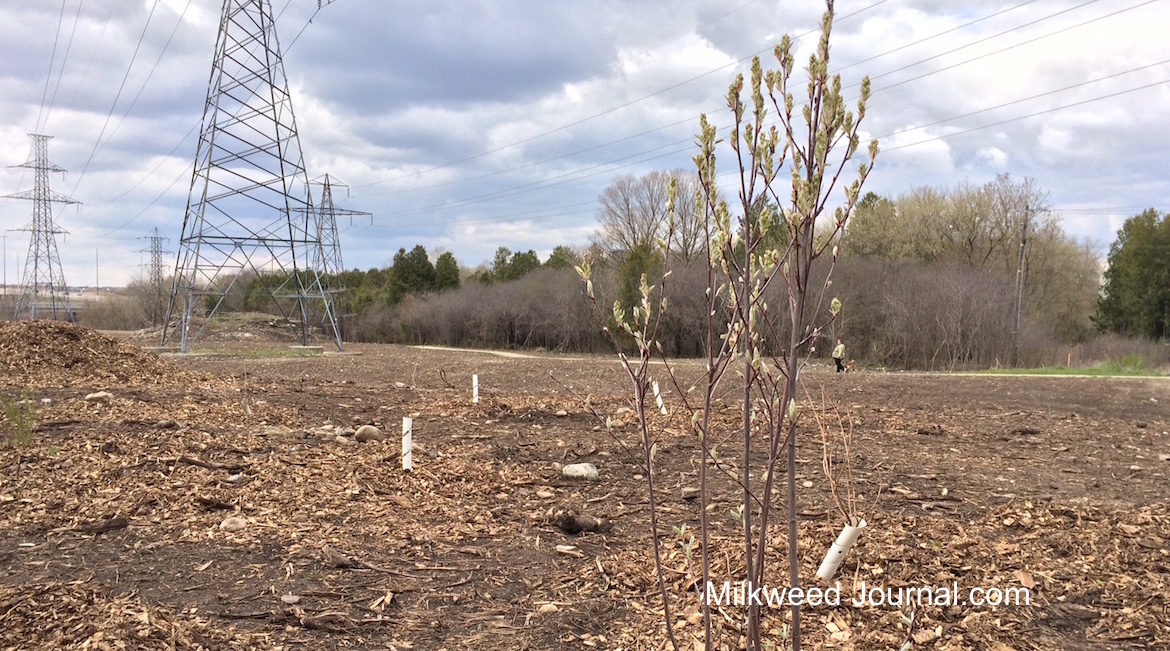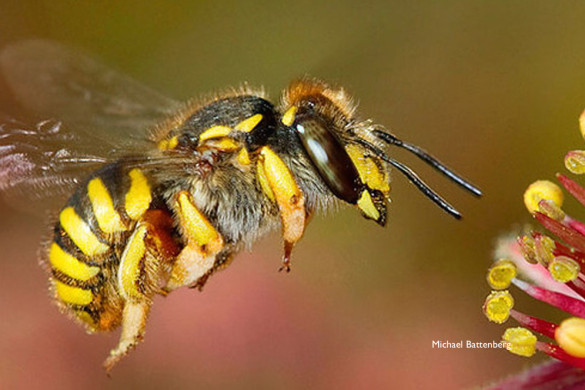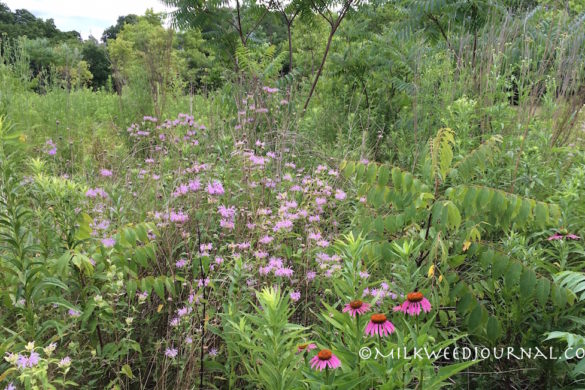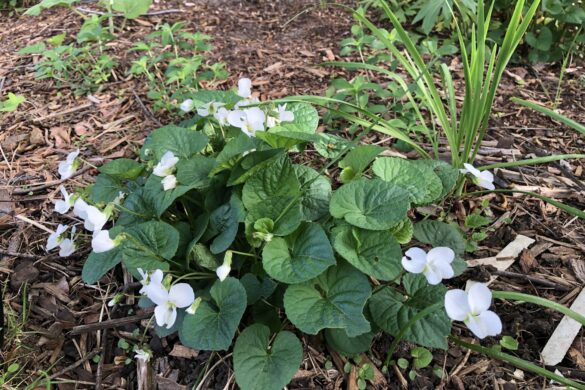The ecological restoration of a hydro corridor along a riverside trail in Guelph, Ont. is expected to create “incredibly diverse” habitat for birds, butterflies, frogs and other wildlife, with dozens of species of native shrubs, trees and perennials being planted there this spring.
“It will be beautiful to look at and it’s going to feed the local biota,” says Moritz Sanio, the Grand River Conservation Authority (GRCA) Trees for Guelph coordinator, who is helping organize the community endeavor. “Wildlife is going to go through the roof.”
The Silvercreek Park eco-restoration project arose after Hydro One cut down a swath of mostly non-native buckthorn trees along the corridor last fall to prevent interference with the power lines above – a move that sparked an outcry from local residents, including many homeowners whose properties back onto the area.
But the community has come to realize that the short-term pain of losing the tree cover, largely comprised of the highly invasive buckthorn, could be turned into a “wonderful opportunity to build an intact native indigenous ecosystem,” says Lisa Mactaggart, a landscape architect and principal of Arium Design Group, who lives in the area and donated her services to what has become the Silvercreek Park Hydro Corridor Landscape Plan.
Working with the group, Hydro One seeded the area last fall with a 20-species perennial mix that emphasizes natives such as Canada wild rye, brown-eyed Susans, goldenrods, asters, bergamot, pale coneflower, big bluestem grass and New Jersey tea. (Seeding in the fall ensures the seed mix is exposed to the cold and wet conditions necessary for the seeds to break dormancy.)
Hydro One also contributed $10,000 for the group to purchase additional native plant stock that fit hydro’s criteria for the site. In April, volunteers spent two days planting the denuded site with hundreds of shrubs, small trees and perennials along a 15-foot buffer zone abutting the residential properties. The shrubs and small trees include serviceberries, black chokeberry, meadowsweet, native roses (smooth, pasture and Carolina), black currant, raspberries (purple flowering, black, wild red), ground juniper, low-growing willows, St. John’s wort, maple leaf viburnum, bush honeysuckle, button bush, fragrant sumac, bayberry and spicebush. The perennials include more than 35 species of pollinator-attracting wildflowers (see more plant species below).
The local community is also invited to help plant another 2,000 perennials, shrubs and trees on May 14.
In all, more than 2,700 plants (2,000 perennial plugs and 700 shrubs), sourced from the GRCA Burford Tree Nursery, St. Williams Nursery and Ecology Centre, and Verbinnen’s Nursery, will go in the ground.
Other project partners include Pollination Guelph and the City of Guelph, which prepared the initial landscape replanting plan, provided planting helpers, and contributed a supply of mulch (the City’s Healthy Landscapes staff is also providing homeowners with advice for backyard plantings).
This growing season will see the emergence of lots of annual weeds, Sanio explained, but over the next three years the Canada wild rye will go to work and begin to secure the site and allow the native perennial species to take over.
In years to come those who walk, run and bike along the trail, which parallels the Speed River, will experience a meadow with wildflowers massed in three prominent areas.
“It’s a totally different style of gardening” that is ultimately a lot less work, Sanio notes. “You’re going to see life coming into this area.”
***
For those who live in and around Guelph, here’s how to help the Silvercreek Park restoration project succeed:
- Join in the planting day on Saturday May 14 – rain or shine! Share the event on Facebook.
- Attention homeowners along the hydro corridor: Volunteers are urgently needed to help sprinkle water on the 850 wildflower plugs that are located around the white-wrapped woody plants near your back fences (a hose aimed over your fence – with a gentle spray – will do the job!)
- Don’t step on tiny seedlings – it’s really important to stay on the trail through first year.
- Don’t let dogs off leash in area.
- And please don’t guerrilla garden with non-native plants to avoid introducing species that will outcompete the baby native plants.
- Help protect the new wildlife residents — such as the frogs, butterflies, bees and birds that will make this area their home.
For more information, email [email protected].
Plant List
In addition to species mentioned above, the native plants chosen for the Silvercreek Park restoration project include:
- Nodding onion
- Canada anemone
- Swamp milkweed
- Side-oats grama
- Tall Coreopsis
- Showy tick-trefoil
- Wild strawberry
- Sneezeweed
- Tall sunflower
- Sweet ox-eye
- Cylindrical blazing star
- Wild bergamot
- Switch grass
- Foxglove beardtongue
- Virginia mountain mint
- Grey-headed coneflower
- Green-headed coneflower
- Prairie dock
- Hoary vervain
- Ironweed
- Culver’s root
- Great blue lobelia
- Yellow giant hyssop
- Spiked blazing star





